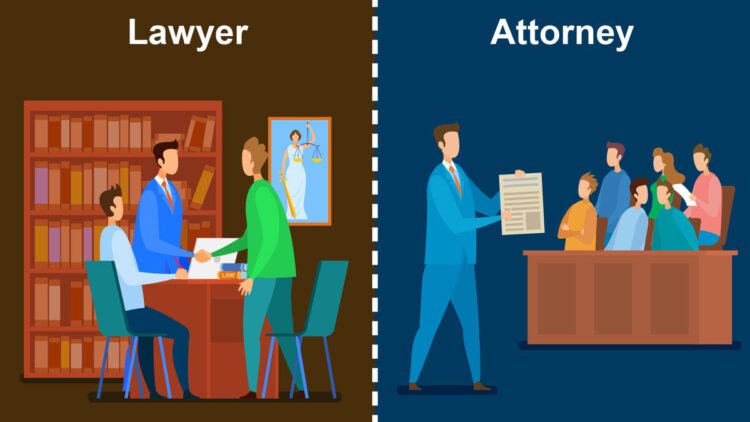
- Legal Challenges in Securing Healthcare Infrastructure from Cyber Threats
-
FAQ about Legal Challenges in Securing Healthcare Infrastructure from Cyber Threats
- 1. What are some common legal challenges faced when securing healthcare infrastructure from cyber threats?
- 2. How can healthcare organizations comply with HIPAA and HITECH in the face of cyber threats?
- 3. What is the role of encryption in protecting healthcare data from cyberattacks?
- 4. Can healthcare organizations be held liable for cyber breaches?
- 5. How do international data transfer laws impact healthcare organizations in securing data?
- 6. What are some best practices for healthcare organizations to address the legal challenges of data security?
- 7. How can healthcare organizations balance patient privacy with the need to share data for research and care coordination?
- 8. What are the consequences of a cyberattack on healthcare infrastructure?
- 9. How can healthcare organizations collaborate with legal counsel to address cybersecurity risks?
- 10. What are the ongoing legal trends and developments in healthcare cybersecurity?
Legal Challenges in Securing Healthcare Infrastructure from Cyber Threats
Introduction
Greetings readers! In this article, we’ll delve into the complex legal challenges faced when safeguarding healthcare infrastructure from cyber threats. As the healthcare industry rapidly adopts technology, it becomes increasingly vulnerable to cyberattacks that can cripple critical systems, compromise patient data, and disrupt operations. Navigating the legal landscape surrounding these threats poses significant obstacles that require careful consideration.
The Rise of Cyber Threats in Healthcare
Increased Reliance on Technology: Healthcare institutions have embraced technology to enhance patient care, streamline operations, and manage vast amounts of data. However, this increased connectivity has expanded the attack surface, making healthcare a prime target for cybercriminals.
Sensitive Data and Confidentiality: Healthcare infrastructure contains a wealth of sensitive patient data, including medical records, financial information, and personal identifiers. Security breaches can compromise this data, leading to identity theft, fraud, and reputational damage.
Legal and Regulatory Challenges
Conflicting Laws and Regulations: Healthcare infrastructure is subject to a complex web of federal, state, and industry-specific regulations. These regulations may differ in their requirements for data protection, breach notification, and incident response, creating challenges for compliance and liability management.
Lack of Clarity in Cyber Law: The legal framework for addressing cyber threats is still evolving. Courts have not fully established standards for liability in cyberattacks, particularly in the healthcare sector. This uncertainty can make it difficult to determine the legal consequences of security breaches.
Data Security and Privacy Concerns
HIPAA and Data Breaches: The Health Insurance Portability and Accountability Act (HIPAA) imposes strict requirements for the protection of patient health information. Cyberattacks can trigger HIPAA breach notifications and potential government investigations, resulting in significant fines and reputational harm.
Patient Consent and Privacy: The use of technology in healthcare raises concerns about patient consent and privacy. Institutions must navigate the legal framework surrounding data collection, storage, and sharing to ensure patient rights are protected.
The Need for Comprehensive Security Measures
Proactive Cybersecurity Programs: Implementing robust cybersecurity programs is essential for healthcare infrastructure protection. These programs should include regular vulnerability assessments, intrusion detection systems, and incident response plans.
Data Encryption and Access Controls: Encrypting data at rest and in transit can minimize the impact of breaches. Access controls can limit user privileges, ensuring that only authorized individuals have access to sensitive information.
Legal Liability and Insurance
Negligence and Breach of Duty: Healthcare providers may face legal liability if they fail to take reasonable steps to protect patient data and infrastructure from cyber threats. This liability can extend to third-party vendors and contractors.
Cybersecurity Insurance: Cybersecurity insurance can provide financial protection against the costs of data breaches and other cyber incidents. It is essential to carefully review insurance policies to ensure adequate coverage.
Case Studies and Recent Developments
| Case Study | Summary |
|---|---|
| Anthem Data Breach (2015) | A massive data breach exposed the personal information of 78 million customers. Anthem settled with the government for $115 million. |
| Mirai Botnet Attack (2016) | A botnet launched a DDoS attack on major healthcare providers, disrupting operations and patient care. |
| WannaCry Ransomware Attack (2017) | A global ransomware attack encrypted patient data, forcing hospitals to cancel appointments and redirect patients to other facilities. |
Conclusion
The legal challenges in securing healthcare infrastructure from cyber threats are complex and evolving. Compliance with regulations, data protection, patient privacy, and potential liability are key concerns. By embracing proactive cybersecurity measures, strengthening legal frameworks, and exploring insurance options, healthcare providers can enhance their defenses against cyber threats and protect the sensitive information entrusted to them.
We encourage readers to explore other articles on our platform for further insights into cybersecurity and related legal challenges in the healthcare industry.
FAQ about Legal Challenges in Securing Healthcare Infrastructure from Cyber Threats
1. What are some common legal challenges faced when securing healthcare infrastructure from cyber threats?
Answer: Challenges include balancing patient privacy laws, complying with industry regulations, managing liability, and navigating international data transfer.
2. How can healthcare organizations comply with HIPAA and HITECH in the face of cyber threats?
Answer: Organizations must implement robust security measures, conduct risk assessments, and provide adequate training to staff. They should also establish clear breach notification protocols.
3. What is the role of encryption in protecting healthcare data from cyberattacks?
Answer: Encryption transforms data into a scrambled format that is unreadable without the correct decryption key, offering a strong defense against unauthorized access.
4. Can healthcare organizations be held liable for cyber breaches?
Answer: Yes, organizations can be held liable for damages caused by data breaches due to negligence or failure to implement reasonable security measures.
5. How do international data transfer laws impact healthcare organizations in securing data?
Answer: Transferring patient data across borders must comply with specific laws governing data protection and privacy, such as the EU General Data Protection Regulation (GDPR).
6. What are some best practices for healthcare organizations to address the legal challenges of data security?
Answer: Adhere to industry standards, conduct regular security audits, stay informed about data protection laws, and establish clear policies and procedures regarding data access and handling.
7. How can healthcare organizations balance patient privacy with the need to share data for research and care coordination?
Answer: Implement de-identification techniques, obtain patient consent for data sharing, and ensure secure data transfer mechanisms.
8. What are the consequences of a cyberattack on healthcare infrastructure?
Answer: Consequences include disruption of patient care, data loss, reputational damage, and financial penalties.
9. How can healthcare organizations collaborate with legal counsel to address cybersecurity risks?
Answer: Lawyers can provide guidance on compliance, risk assessment, liability management, and breach response.
10. What are the ongoing legal trends and developments in healthcare cybersecurity?
Answer: Increased enforcement of data protection laws, new technologies and threats, and evolving regulatory frameworks are shaping the legal landscape of healthcare cybersecurity.





